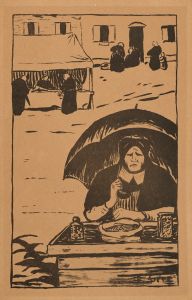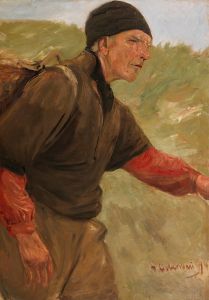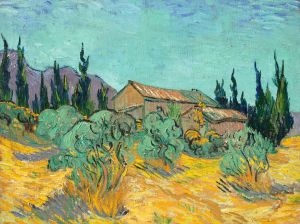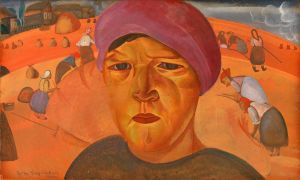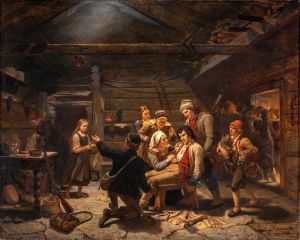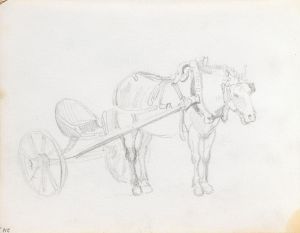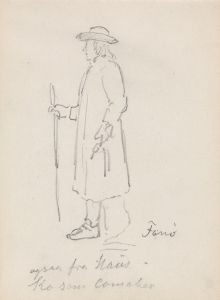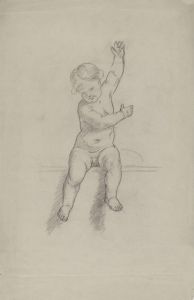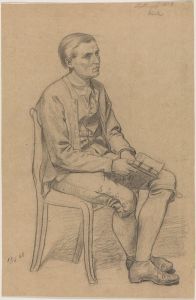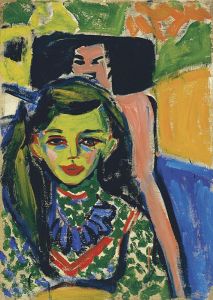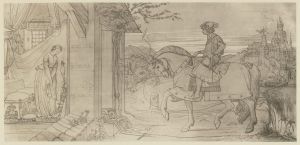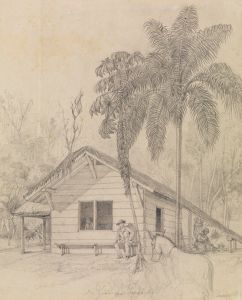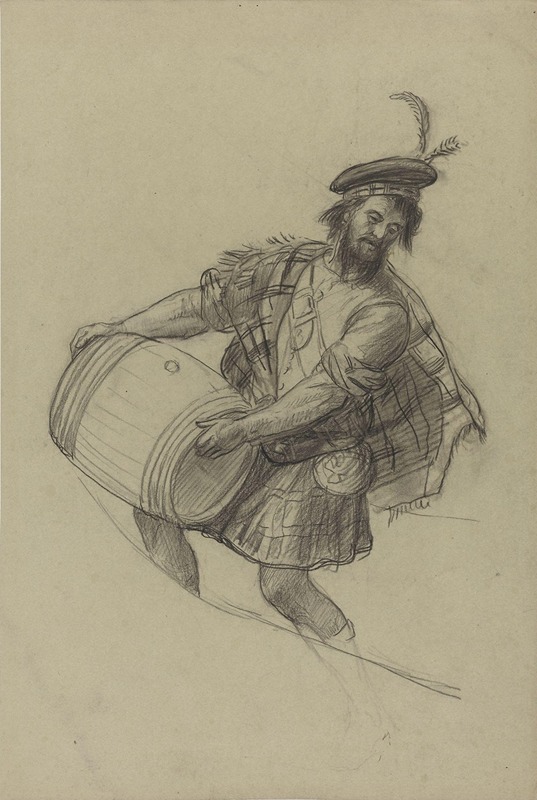
Lanseknekt med tønne i armene
A hand-painted replica of Adolph Tidemand’s masterpiece Lanseknekt med tønne i armene, meticulously crafted by professional artists to capture the true essence of the original. Each piece is created with museum-quality canvas and rare mineral pigments, carefully painted by experienced artists with delicate brushstrokes and rich, layered colors to perfectly recreate the texture of the original artwork. Unlike machine-printed reproductions, this hand-painted version brings the painting to life, infused with the artist’s emotions and skill in every stroke. Whether for personal collection or home decoration, it instantly elevates the artistic atmosphere of any space.
Adolph Tidemand was a prominent Norwegian painter known for his detailed and realistic depictions of Norwegian folk life and history. His work played a significant role in the national romantic movement in Norway during the 19th century. One of his lesser-known works is "Lanseknekt med tønne i armene," which translates to "Landsknecht with a Barrel in His Arms."
The term "Landsknecht" refers to a type of German mercenary foot soldier that became prominent during the late 15th and 16th centuries. These soldiers were known for their distinctive and flamboyant clothing, which often included slashed sleeves and bright colors. They played a crucial role in the military campaigns of the Holy Roman Empire and other European powers during this period.
While specific details about the painting "Lanseknekt med tønne i armene" are scarce, it can be inferred that Tidemand's work likely captures the essence of these mercenaries, focusing on their unique attire and perhaps their lifestyle or role in society. Tidemand's attention to detail and historical accuracy would have been evident in his portrayal of the Landsknecht, reflecting his broader interest in historical and cultural themes.
Tidemand's broader body of work often depicted scenes from Norwegian history and rural life, emphasizing the traditions and customs of the Norwegian people. His paintings were characterized by their vivid detail and ability to convey the spirit of the subjects he portrayed. Tidemand's interest in historical subjects was not limited to Norway, as evidenced by his depiction of the German Landsknecht, suggesting a broader interest in European history and culture.
Adolph Tidemand was born in 1814 in Mandal, Norway, and studied art in Copenhagen and later in Düsseldorf, which was a major center for the arts during the 19th century. The Düsseldorf School of Painting, where Tidemand honed his skills, was known for its emphasis on detailed and realistic portrayals, which is evident in Tidemand's work. His time in Düsseldorf exposed him to various European artistic traditions and historical themes, which likely influenced his choice of subjects, including the Landsknecht.
Throughout his career, Tidemand received numerous accolades for his work and became one of Norway's most celebrated artists. His paintings are considered important cultural artifacts that provide insight into the history and traditions of Norway and, by extension, other parts of Europe. Tidemand's ability to capture the essence of his subjects, whether they were Norwegian farmers or German mercenaries, speaks to his skill as an artist and his deep understanding of the historical context of his subjects.
In summary, while specific information about "Lanseknekt med tønne i armene" is limited, Adolph Tidemand's reputation as a painter of historical and cultural scenes suggests that this work would have been a detailed and accurate representation of a Landsknecht, reflecting his broader interest in European history and his skill in capturing the essence of his subjects.





